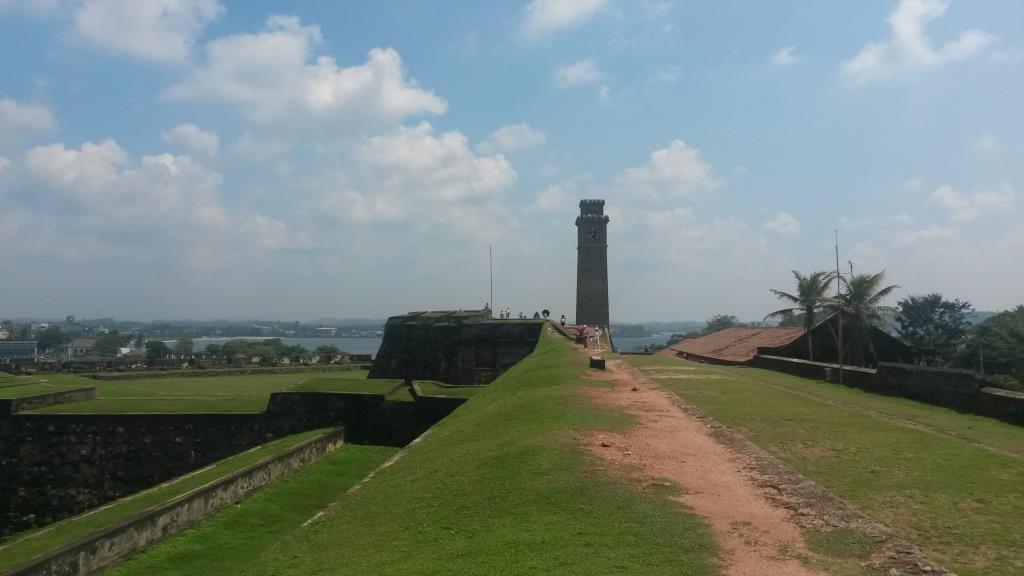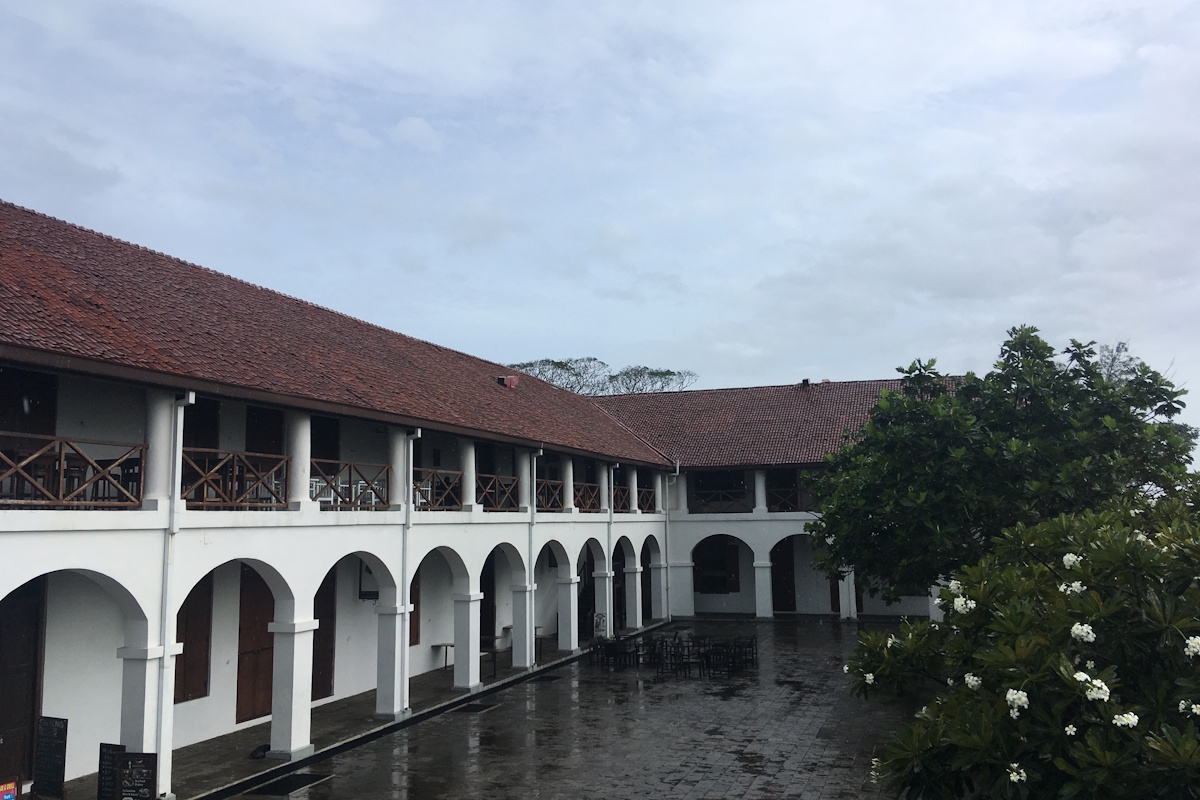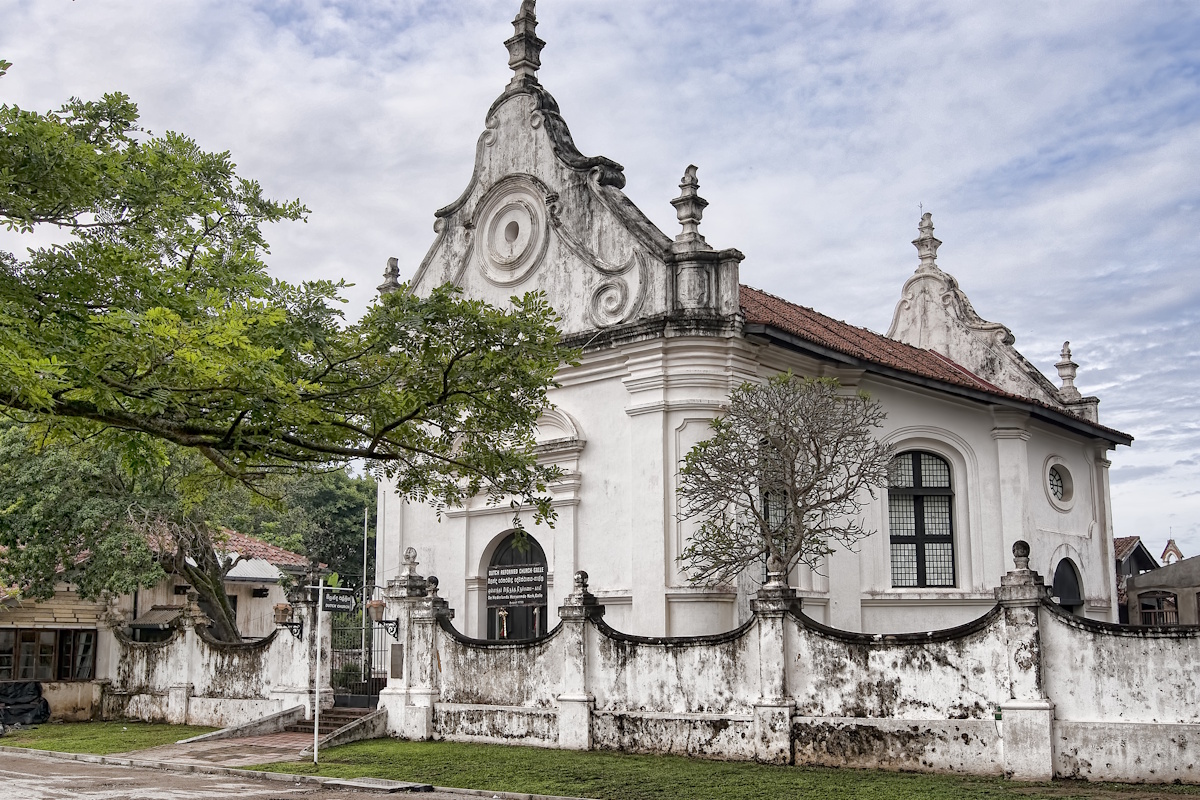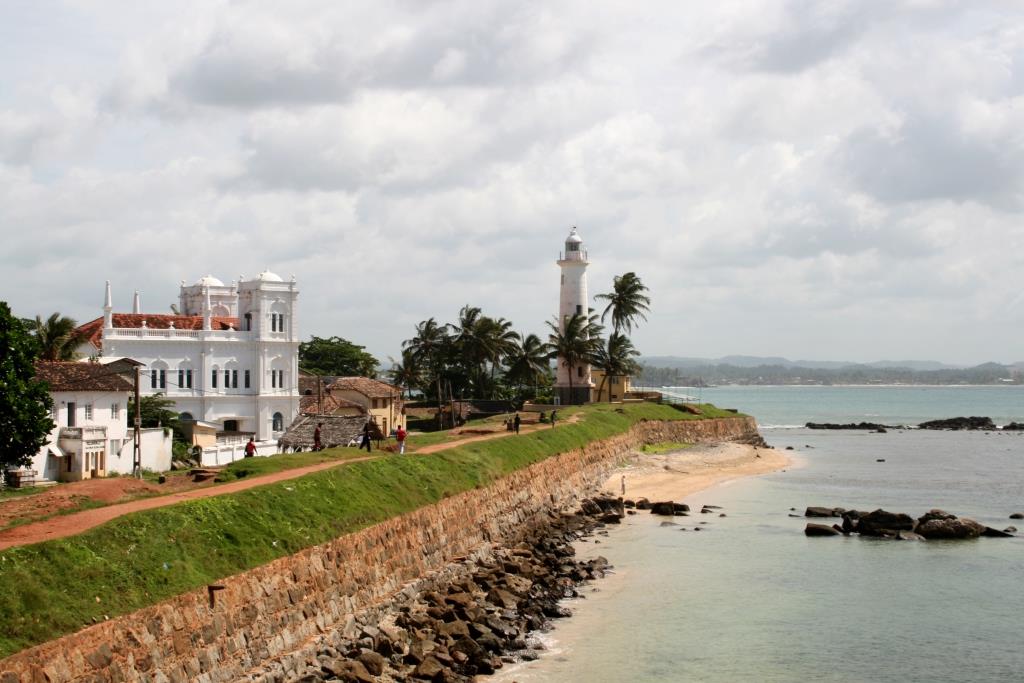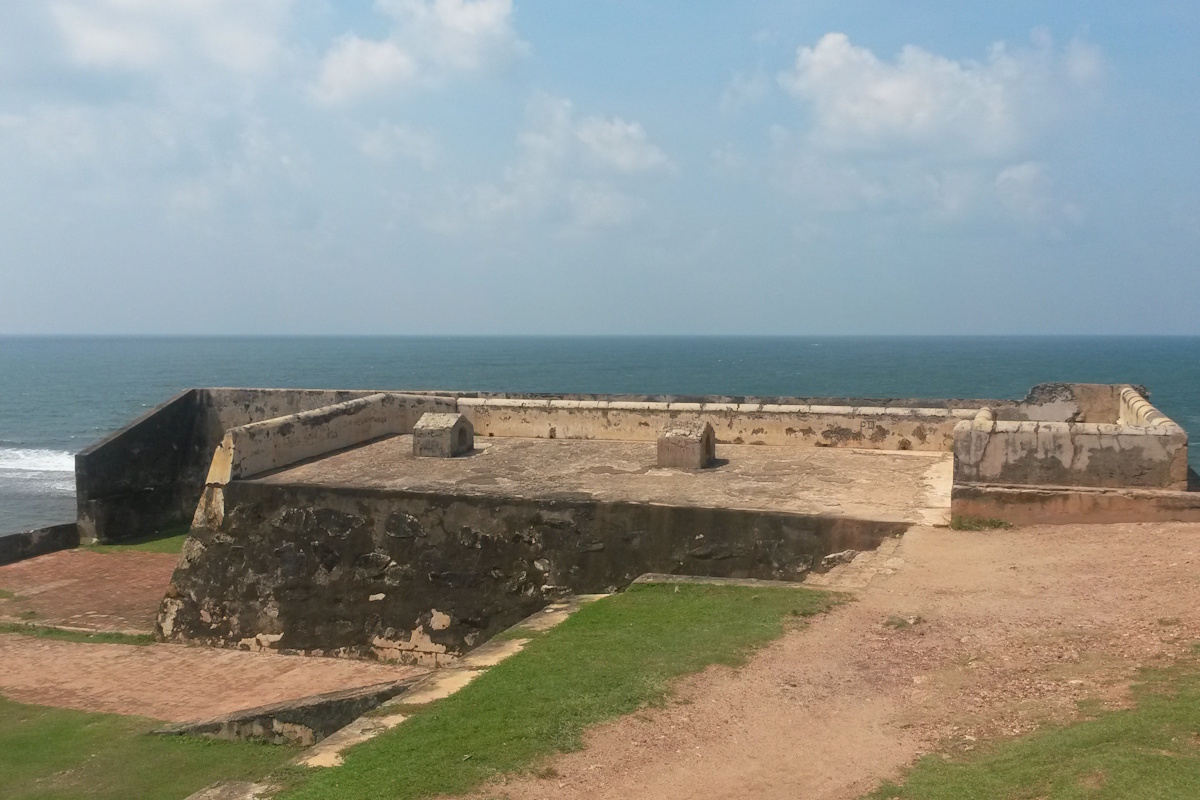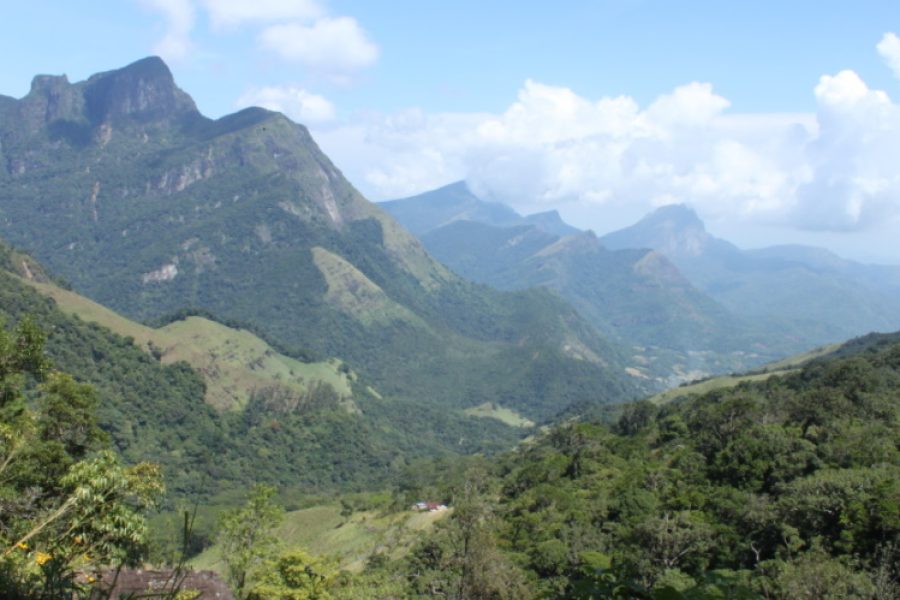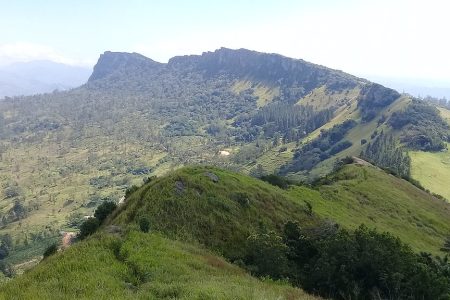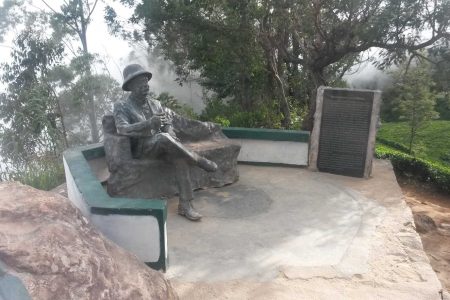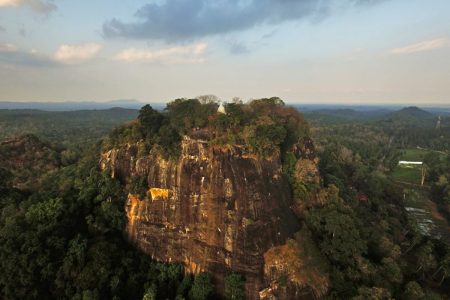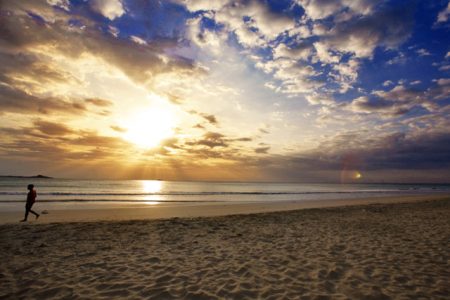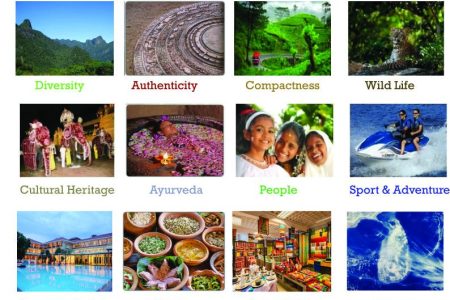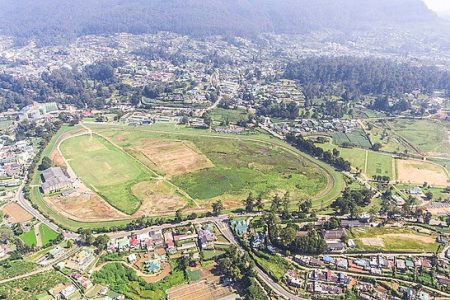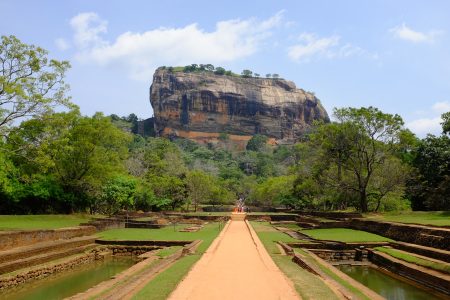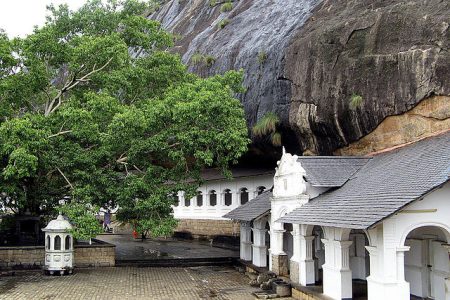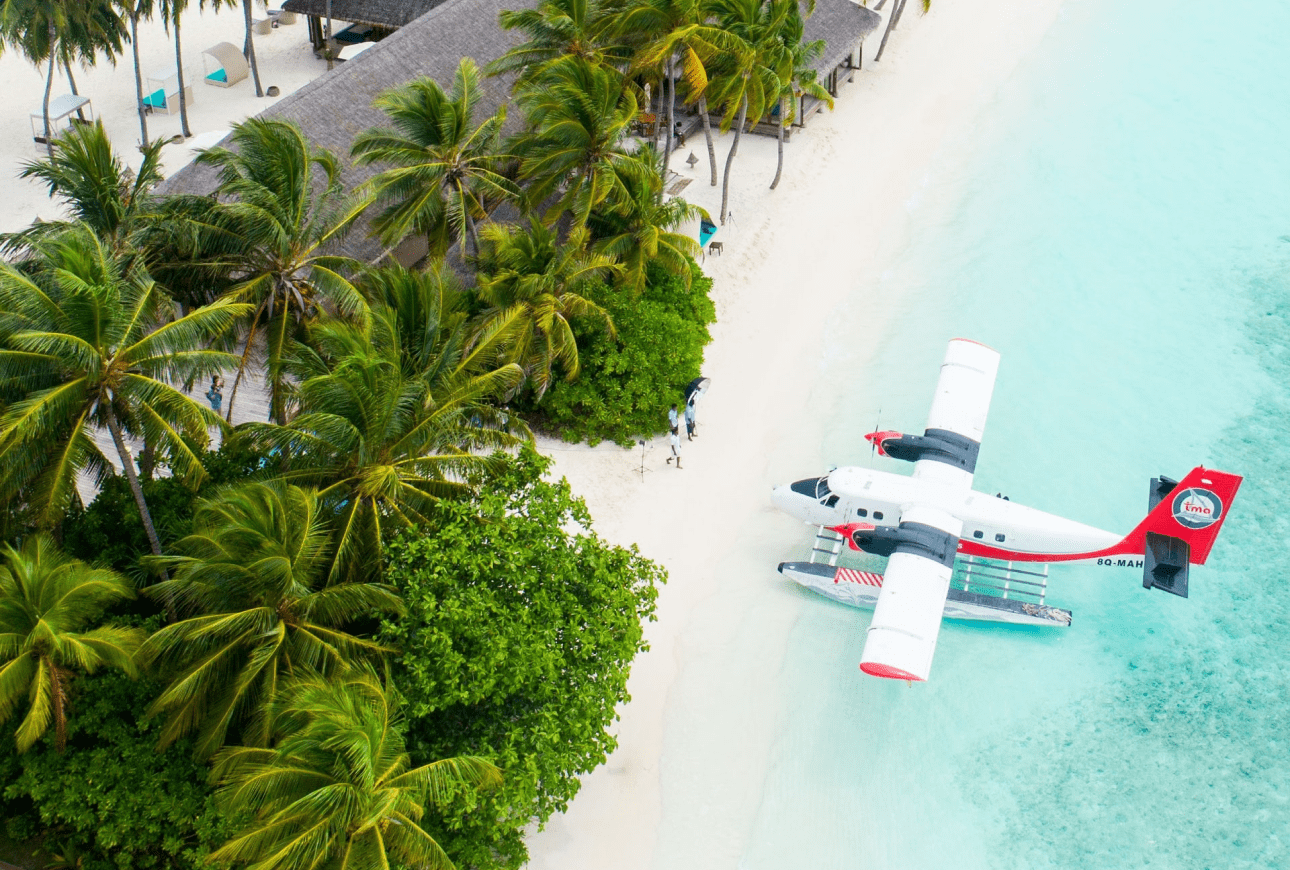Galle considered as the southern capital (116km south of Colombo), is Sri Lanka’s fourth biggest town. Galle is the most historically interesting living city. Its modern towns were gradually built separately from the ancient ones. It was the sea port of Sri Lanka before the before the Colombo port was developed in the 19th Century and it still handles shipping and cruising yachts today. Its main attraction is the fort called “Santa Cruz” that has been declared a World Heritage site by UNESCO.
The fort was built by the Portuguese in 1619and subsequently developed and expanded by the Dutch and the British, the one-time colonial master of the island. What now remains is mostly the work of the Dutch and the British. Declared a world heritage site in 1988, the fort has an understated, quietly decaying charm, its low-rise streets lined with old churches and Dutch colonial Villas, many of them retaining their street-facing verandahs, their white plaster now stripped by the sea and weathered to a peeling grey. They is actually not much to see (a few bizarre museums excepted), the main pleasure is just ambling round the atmospheric od streets and round the walls, enjoying the easy pace of life and refreshing absence of traffic – you won’t find a quieter town anywhere else in the island.

